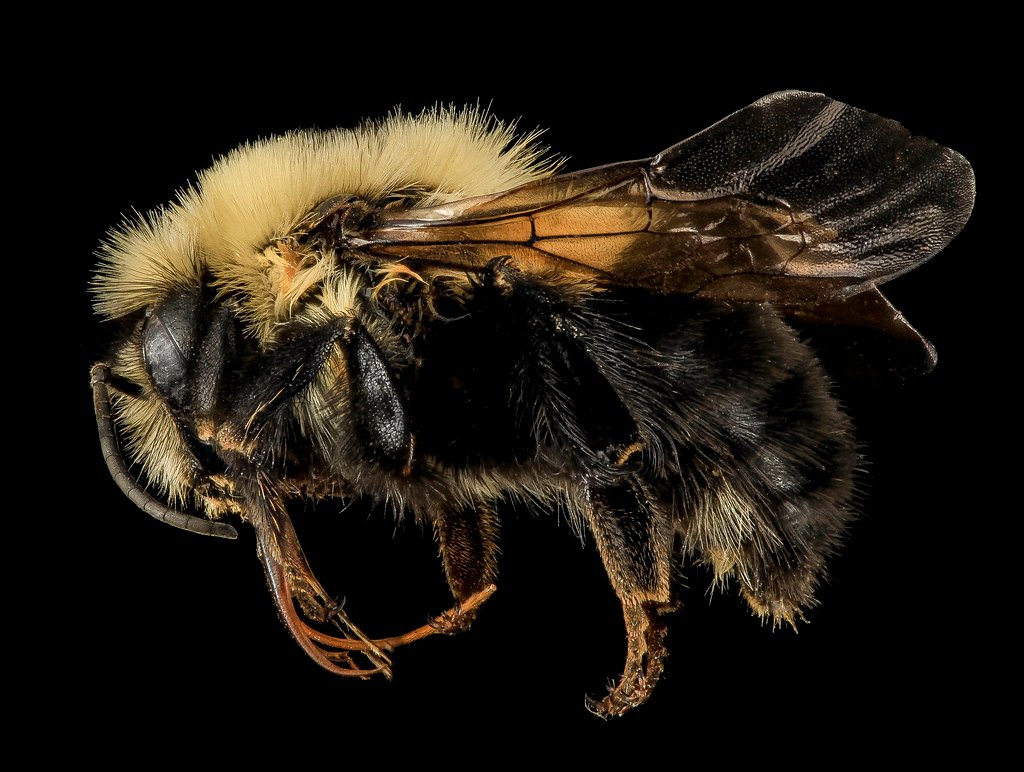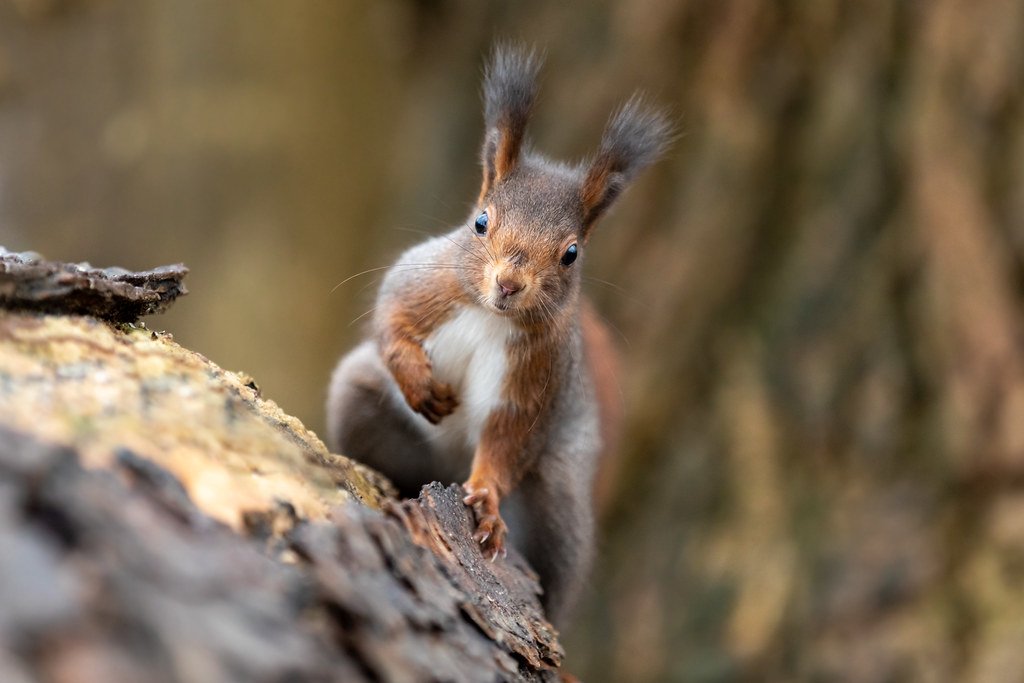Imagine wandering through a lush rainforest, watching a butterfly pause on a flower, or marveling at the shimmer of a fish beneath the surface of a crystal-clear stream. Now ask yourself: how much diversity is truly hidden in these scenes? The natural world is bursting with surprises, and one of its most captivating lessons is the existence of intersex organisms. Intersex isn’t just a human experience—it’s a widespread phenomenon in the wild, woven into the very fabric of life on Earth. As we peer into the hidden stories of plants and animals, we discover that nature’s creativity knows no bounds. The science behind intersex in the wild challenges our assumptions and invites us to celebrate complexity. Let’s step into this extraordinary world and discover what nature teaches us about the spectacular mosaic of biological diversity.
Defining Intersex: Beyond Binary Boundaries

When most people think about sex in biology, they imagine a clear split: male and female. But reality is far more nuanced. Intersex refers to individuals whose biological characteristics don’t fit typical definitions of male or female. In the wild, this isn’t rare—it’s a regular part of life for countless species. From chromosomes to hormones, nature doesn’t always play by our rules. Sometimes, animals and plants possess a blend of both male and female features, or something entirely unique. These variations aren’t mistakes; they’re simply one more way nature expresses itself. Intersex traits can appear in physical traits, behavior, or reproductive organs, revealing that the natural world is much more fluid than a simple binary.
Intersex in Fish: Masters of Transformation

Fish are often the superstars of intersex biology. Some species—like clownfish and wrasses—undergo dramatic sex changes as part of their life cycle. In a group of clownfish, for example, the dominant male can become female if the need arises. This isn’t science fiction; it’s a well-choreographed dance responding to social cues and environmental pressures. Some fish even develop both ovarian and testicular tissue, making them true intersex individuals. These abilities help populations adapt and thrive, ensuring that breeding doesn’t grind to a halt when circumstances change. Fish remind us that sex is not set in stone, but a flexible strategy for survival.
Intersex in Amphibians: Environmental Influences

Amphibians, like frogs and toads, can also display intersex traits, especially when exposed to certain environmental factors. Agricultural chemicals, such as pesticides, have been shown to disrupt hormone systems, leading to frogs with both male and female reproductive organs. These changes aren’t just limited to polluted areas—natural fluctuations in temperature or habitat can also play a role. The presence of intersex amphibians often acts as a warning signal, highlighting the delicate balance between organisms and their environment. It’s a stark reminder that our actions ripple through ecosystems, sometimes in unexpected ways.
Hermaphroditism in Mollusks: Nature’s Dual Approach

Many mollusks, like snails and slugs, take biological diversity to another level with hermaphroditism—a form of intersex where individuals possess both male and female reproductive organs at the same time. This strategy maximizes reproductive opportunities, especially in environments where finding a mate can be tough. When two snails meet, both can exchange sperm and lay eggs, doubling their chances of passing on genes. Some species can even self-fertilize in a pinch, making them incredibly resilient. The world of mollusks shows us that nature is endlessly inventive when it comes to reproduction.
Intersex in Birds: Subtle Yet Significant

Although less common than in fish or mollusks, examples of intersex in birds do occur and often fly under the radar. Occasionally, birds hatch with a mix of male and female physical features—a condition called bilateral gynandromorphism. Imagine a cardinal with bright red feathers on one side and muted brown on the other. These rare individuals offer scientists a window into the genetic switches that control development. While intersex birds may face challenges in finding mates, their existence is proof that even creatures of the sky are touched by nature’s diversity.
Plants and Intersex: A Commonplace Marvel

Plants are perhaps the most casual practitioners of intersex biology. Many flowering plants are naturally hermaphroditic, containing both male (stamen) and female (pistil) parts within the same bloom. This design allows for self-pollination or cross-pollination, depending on the needs of the moment. Some plants can even shift their reproductive roles based on environmental cues, producing more male or female flowers as conditions change. The flexibility of plant reproduction is a quiet but powerful testament to the boundless creativity of evolution.
Reptiles: Temperature’s Surprising Role

In reptiles, sex isn’t always determined by genetics—it’s often shaped by the temperature during egg incubation. For some turtles and crocodiles, a few degrees of difference can tip the balance between male, female, or even intersex offspring. This phenomenon, called temperature-dependent sex determination, highlights how external factors can rewrite the script of life. Occasionally, unusual temperatures produce individuals with ambiguous or mixed sexual characteristics. These reptiles are living reminders that biology is shaped by both genes and the environment, sometimes in unpredictable ways.
Intersex in Insects: Masters of Adaptation

In the world of insects, intersex traits can arise from genetic quirks or environmental stress. Bees, butterflies, and moths have all been observed with a mix of male and female features—sometimes split right down the middle. For example, certain butterflies may have one wing colored like a male and the other like a female. These gynandromorphs are often sterile, but they fascinate scientists seeking to understand the mechanics of sex determination. Insects are living experiments, showing how even the smallest creatures can blur the lines in biology.
Marine Invertebrates: Gender Fluidity at Sea

Beneath the waves, many marine invertebrates demonstrate remarkable gender flexibility. Oysters, for instance, can change sex multiple times throughout their lives depending on age, size, and environmental conditions. This ability maximizes their reproductive success in fluctuating environments. Sea slugs and some starfish also exhibit intersex characteristics, adapting their reproductive strategies as needed. The ocean’s depths are full of creatures that rewrite the rules of sex, teaching us that diversity is the norm, not the exception.
Intersex in Mammals: Rare but Real

While less common, intersex traits do appear in mammals, including humans. Some wild mammals—such as certain rodents and domestic livestock—have been documented with ambiguous or mixed sexual characteristics. These occurrences can be the result of genetic variations, hormonal imbalances, or developmental quirks. While intersex mammals may face reproductive challenges, their existence underscores that diversity exists even among our closest relatives. In humans, intersex individuals are a natural variation, not an anomaly, reflecting the wider spectrum of possibilities in biology.
Evolutionary Advantages: Why Intersex Exists

Why does intersex exist at all? Far from being a biological mistake, intersex traits can offer real evolutionary advantages. In unpredictable environments, flexibility in reproduction can be a lifesaver. Hermaphroditic snails can always find a mate—or be one. Fish that switch sex can keep populations stable. Even rare occurrences in mammals may help buffer genetic diversity. Nature’s experiments don’t always follow a script, and sometimes, breaking the rules means surviving another day. Intersex traits are a powerful reminder that evolution rewards adaptability above all.
Environmental Stress and Human Impact

Human activity can unintentionally increase the occurrence of intersex traits in wildlife. Pollutants like endocrine disruptors—chemicals found in pesticides, plastics, and pharmaceuticals—can interfere with hormone systems, leading to intersex features in fish, amphibians, and other animals. This isn’t just a quirky scientific finding; it’s a warning sign. When frogs in a pond start showing both testes and ovaries, it signals that something is out of balance. Protecting biodiversity means keeping an eye on how our actions ripple through the natural world, sometimes in the most intimate ways.
Cultural Attitudes: Lessons from Nature

Societies—human or animal—often carry assumptions about what’s “normal” in biology. But the wild shows us that variety is the rule, not the exception. Looking at how plants, animals, and even fungi embrace intersex traits can challenge our own ideas about gender and sex. Nature doesn’t stigmatize. Instead, it celebrates every form, every possibility, weaving them into the grand tapestry of life. Perhaps there’s a lesson here about acceptance and the beauty of differences. When we see the world as nature does, we realize there’s more room for everyone.
Scientific Research: Unlocking Nature’s Secrets

Scientists are captivated by intersex organisms, not just for their novelty but for the secrets they reveal about genetics, development, and evolution. Studying intersex animals has helped researchers understand everything from hormone pathways to genetic switches. Each case is like a living puzzle, offering clues about how complex traits are inherited and expressed. Advances in technology—like genome sequencing and hormone analysis—are making it easier to unlock these mysteries. Every new discovery deepens our appreciation for the staggering complexity of life.
Personal Encounters: Awe and Wonder in the Field

Ask any biologist or naturalist if they’ve ever encountered an intersex organism, and you’ll likely see a spark in their eyes. There’s a sense of awe that comes from witnessing nature’s surprises firsthand. I’ll never forget the time I saw a butterfly with perfectly split male and female wings—it was like seeing two creatures stitched together. Moments like these remind us that the world is full of wonders waiting just beyond the next leaf, rock, or ripple in the water. Every encounter is a chance to marvel at the unexpected.
Nature’s Message: Embracing Diversity

Nature’s endless variety sends a powerful message: diversity is not just tolerated, but celebrated. Intersex organisms are not mistakes or outliers—they are part of the plan. From the tiniest snail to the largest fish, from the petals of a flower to the feathers of a bird, life flourishes because of its differences. The more we learn, the more we realize that diversity is the engine of resilience and creativity. The wild invites us to look beyond labels and categories, to see the beauty in every form.
The Future of Understanding: Curiosity and Conservation

As science moves forward, our understanding of intersex in the wild will only grow deeper. Conservationists now recognize that protecting species means protecting all forms of their diversity, including intersex individuals. Curiosity drives us to ask questions, to peer into the unknown, and to respect what we find. Each new discovery brings us closer to the heart of nature’s secrets. As we move into the future, one thing is clear: the story of intersex in the wild is far from over. Will you keep exploring with open eyes and an open mind?



